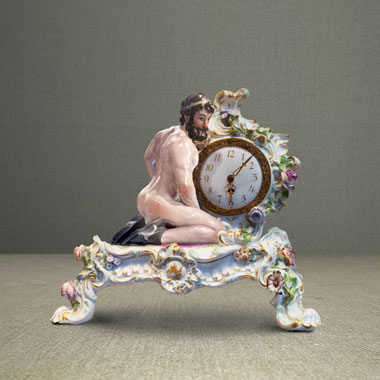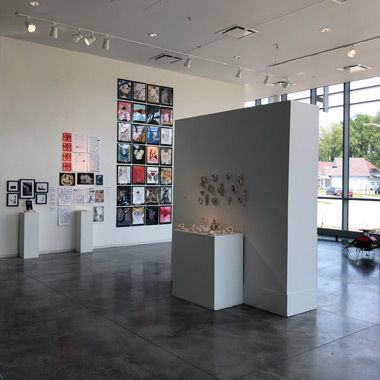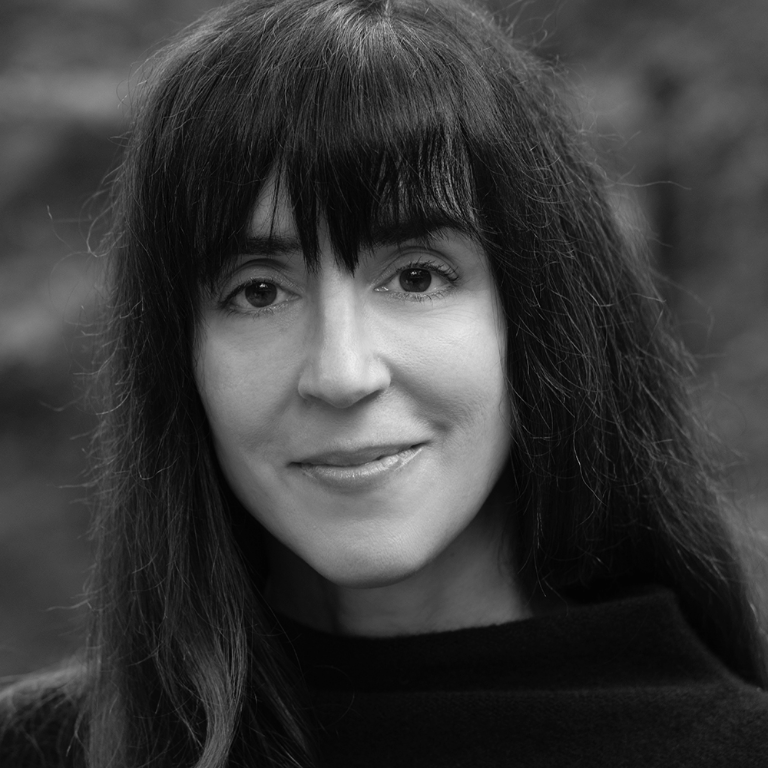What do faculty do during academic sabbaticals?
It’s a question that crosses the minds of students when a new sabbatical exhibition debuts in the Galleries at Herron.
Traditionally, sabbaticals are one-year paid periods of leave enabling faculty members to pursue scholarly or creative pursuits that benefit their professional development, the school, and their students. The concept was introduced more than a century ago and was first offered by Harvard University in 1880. Since then, sabbaticals have become a sought-after pause in teaching for study, travel, rest, research, or all of the above.
Associate Professor Robert Horvath is Herron’s latest faculty member to return from sabbatical leave with an exhibition in the Basile Gallery. He spent four weeks conducting research and traveling around Europe, as well as eight months in the studio making new work for “Petit Mort,” which opens on November 29 and runs through December 20.
We recently caught up with Horvath and asked him to reflect on his sabbatical experience as well as what inspired him to create new oil paintings and digital compositions based on 18th-century figurative porcelain.
HERRON: Tell us about your academic sabbatical. What kinds of research went into making this new body of work?
ROBERT HORVATH: In the spring before my sabbatical began I was awarded a New Frontiers of Creativity and Scholarship Grant by Indiana University, which allowed me to purchase additional art materials, hire a studio assistant, and travel. In mid-march, I flew to Europe with the purpose of researching and generating visual recourses for digital collages and new paintings. I spent almost three weeks visiting museums and Rococo palaces. In May, I returned to Germany to complete my research of the Meissen Porcelain, which is my main focus of interest.
HERRON: How did you approach your sabbatical?
HORVATH: This was my first sabbatical. I was fortunate to receive a Creative Renewal Grant from the Indianapolis Arts Council to backpack in Asia and ended up taking two and a half months to travel around Dubai, India, Vietnam, Cambodia, and Thailand during the fall 2016 semester. It not only allowed me to rest my mind and satisfy my hunger for travel, but I also came back with fresh inspiration and new energy to work in my studio.
Between my travels, my daily routine was to work in the studio with very few interruptions. At first, it felt odd to wake up every morning and go to my studio with no other responsibilities except to be a full-time artist. However, I quickly realized that the new paintings would require a much greater amount of time than I had planned. I will not compromise on quality, so I had to recalibrate the expectations that I set for myself during the sabbatical.








